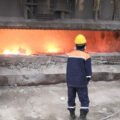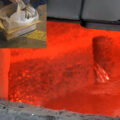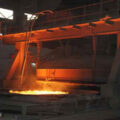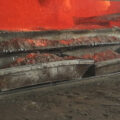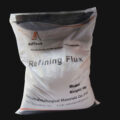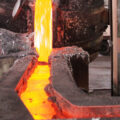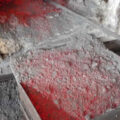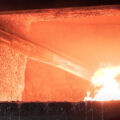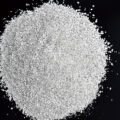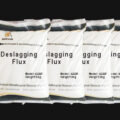AdTech’s online degassing system uses this flotation slag removal method for degassing and deslagging. Online degassing unit shall be installed between furnace and casting equipment. It is used for hydrogen (H) and slags removal from molten aluminum.
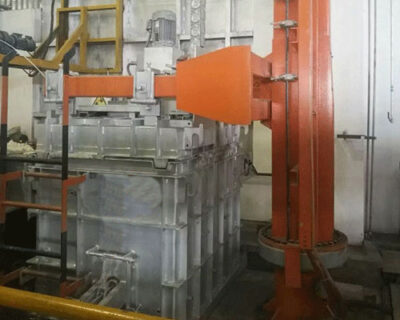
Flotation slag removal is the use of a certain physicochemical interaction between flux or inert gas and oxides, that is, adsorption and partial dissolution, causing scum. The melting temperature of aluminum alloy is low, while the melting point of its oxide is very high. Therefore, the flotation slag removal method for aluminum alloy is more suitable.
During smelting, the oxide film is immersed in the melt, and some float on the surface of the aluminum melt or stick to the furnace wall, and aluminum liquid are oxidized again, and the above-mentioned inclusions are also formed. Once mixed with the metal melt in cast-rolled materials, slag inclusion and oxide film will be caused. It significantly reduces the mechanical properties and corrosion resistance of products. Therefore, in the continuous casting and rolling process, the melt must be refined and purified to effectively reduce the content of gas and inclusions, and finally produce high-quality sheet and foil materials. Therefore, the purification technology of aluminum melt is the main research topic in modern countries. Its basic direction is to maximize the refining effect and improve the purity of the metal under the premise of preventing environmental pollution.
When the aluminum alloy is refined with nitrogen, a lot of oxidized slags will surface at the same time as the hydrogen is removed. When the bubbles pass through the molten aluminum, the dispersed oxide particles will be adsorbed on the bubbles and float to the liquid surface as the bubbles rise. The larger the number of bubbles and the larger the size of the bubbles, the better the slag removal effect. The inert gas used is generally nitrogen and argon. Aluminum alloys are also commonly used as flotation agents based on chloride salts.

